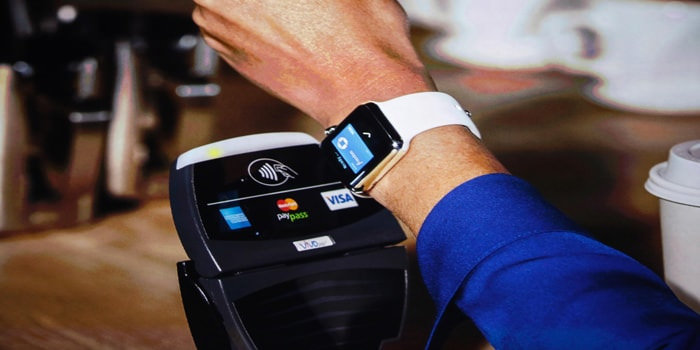Ah, the exchange of goods and services. It’s arguably one of the world’s oldest pastimes, and boy, it sure has changed. With the advancements in payment processing technologies, you no longer need to prime your best chicken for trade. In fact, to make payments, all you need to do is pull out your phone. Well, put down the chicken first, my friend, and let’s talk about how adopting Apple and Android Pay can change the way you do business as both a business owner and a consumer.
Are these applications safe?
The first concern I always hear with mobile payment applications is that of security. People are right to worry that their transactions could be jeopardized, or even worse, that their card information or bank accounts can be accessed. Let me clear that up right now. Your card and/or banking information is not what actually appears on the phone. The applications create a virtual card, one that relies on a relationship between Apple/Android and banks to process payments. So in reality, vendors receive less information from their customers than ever before. There is no entering a PIN, no typing a zip code and no sharing of card information.
So what’s the benefit?
On top of some added security and privacy, Apple and Android Pay offer customer convenience. The object our lives revolve around, the smartphone, is with us wherever we go no matter what we are doing. The ability to simply hover your phone over a machine and never have to dig for a wallet or sign a receipt is a mark of simplicity and modernity. At first glance, it feels like a novelty, but consumer reports suggest that as more vendors begin accepting Apple and Android Pay, it has the potential to become the norm. More and more customers are reaching for their phones at the register, so adoption of these services is imperative. Early adoption can help your business stay ahead of the curve and create a consistent experience at the point of sale.

